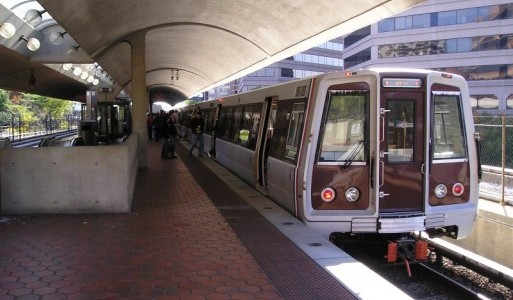
Metro’s recent fare increase has some people wondering whether it makes economic sense to continue riding the rails. Base fares on Metrorail have increased by $0.20 to $1.95, and $0.25 to $0.45 for Metrobus. A second fare increase is planned for rush hour commuters at stations with heavy ridership traffic.
So is Metro still the smart economic choice for your daily commute? Yes, absolutely, without a doubt. According to Greater Greater Washington, once you factor in the cost of gas, maintenance, and parking the decision becomes a financial no-brainer. A daily rider who drives and parks at Shady Grove Station to commute to Metro Center will realize 50% savings over a driver.
Obviously, there are a few other factors at play, including each individual’s perception of comfort, the flexibility of automobile travel, and yes, status (it’s important to look good when your stuck in traffic). Transit travel isn’t for everyone. But for those living in Metro accessible locations, it’s (still) the cheapest way to travel.
Lee Staton
I totally agree, I am a proud public transportation user of more than fifteen years.
gk
You’re absolutely right, looking good on plan is no guarantee. Even the best plans are experienced at ground level and their legibility is apprehended through cues that may be embedded in the plan, but are never seen in plan.
The Manhattan grid is particularly legible because of the difference in the streets versus the avenues and how that plays out it carriage-way widths, sidewalk widths, building types, and most importantly, the short north-south dimension and long east-west dimension to city blocks. You always know which is which.